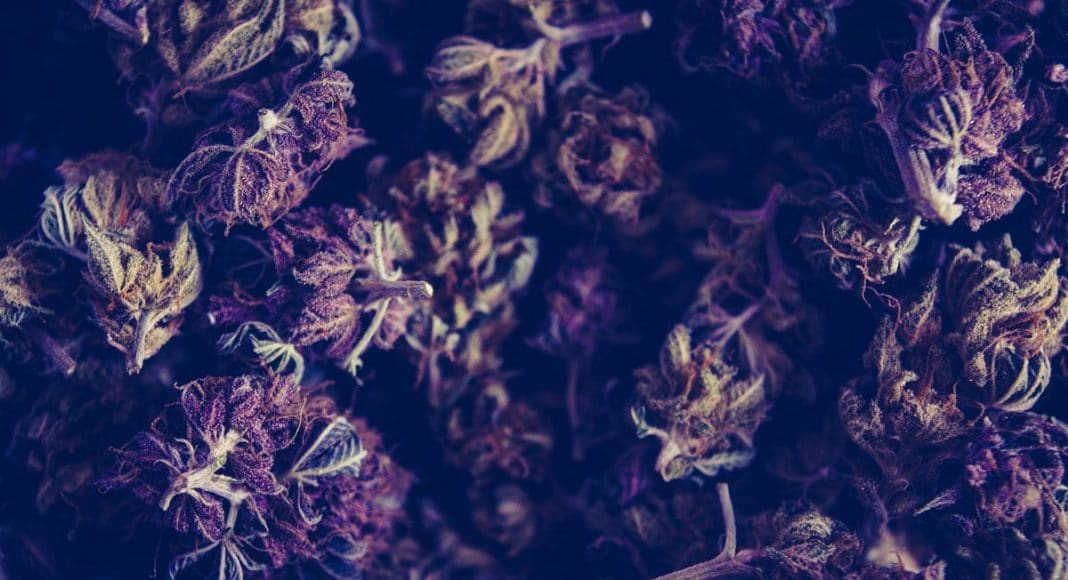The demand for legal marijuana products is still on the rise in America, according to a closely watched index report released earlier this week. The increased demand in July, the latest month in which data is available, jumped 1.6 percent — marking the third consecutive month for industry growth.
The market data is tracked by the AndCan Index, which monitors demand across the nation. AndCan Index data shows that since the start of 2015, the demand for legal cannabis products in the U.S. has grown by 16.3%. Since last November’s election, when four states voted to legalize recreational use of marijuana, overall U.S. demand has increased by 6.8%.
“This is only the fourth time since the start of 2015 where we’ve seen at least three consecutive months of growth in demand for cannabis products in the U.S.,” said AEG consultant Peter J. Schwartz, who oversees the AndCan Index as well as the firm’s report on The Market for Legal Cannabis Products in the 50 United States.
“By examining every state’s data in the fashion that we have, hot spots emerge — we can determine where, exactly, demand outpaces indicators for demographics, spending, and the like,” said Schwartz. “We can pinpoint the markets most poised for growth.”
The AndCan Index was launched in June 2017. It builds from more than two years of coverage of the U.S. cannabis market by Anderson Economic Group. The AndCan Index originates from tens of thousands of data points, including recreational and medical sales in states where cannabis products sales are legal.
The index, of course, does not track black market data. But the demand in the illicit market may be showing signs of slowing down as more states jump aboard the legalization train.
According to a recent report from Arcview Market Research, a marijuana market research firm, all marijuana sales generated $53.3 billion in 2016, including the United States and Canada. But only 13 percent of that $53.3 billion — or $6.7 billion — was spent in the legal market. Another $46.4 billion — or 87 percent — stayed in the black market.
The Arcview report found that the illicit market did shrink slightly in the past year. In 2015, the black market was responsible for 90 percent of sales, so the year-over-year drop was 3 percentage points.


